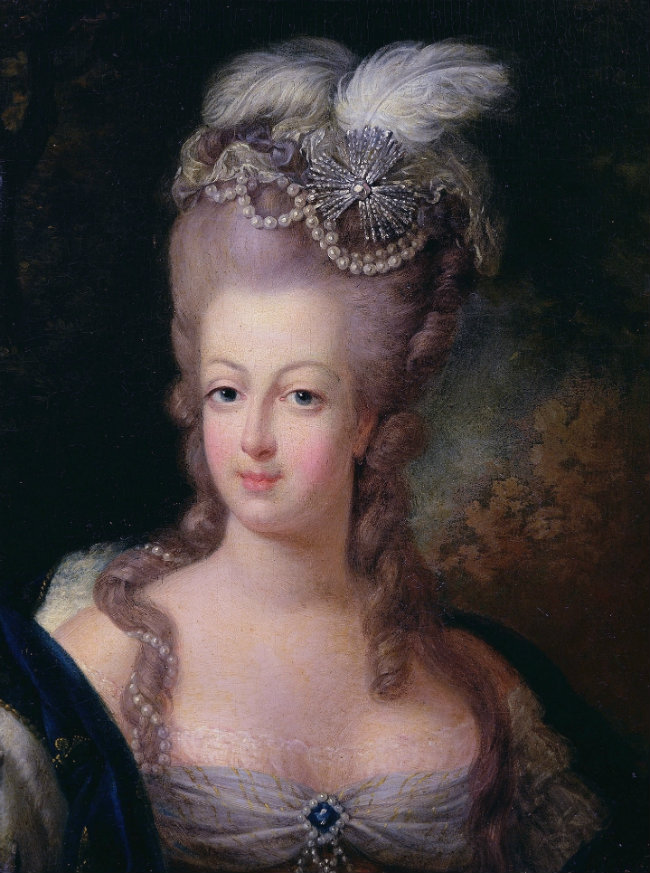Once upon a time not so far from Versailles there was a village called Trianon. It was bought by Louis 14th, when he started his great project - Château de Versailles. Thus in 1668 village of Trianon disappeared becoming the lands of Versailles gardens.
In the end not all the lands have moved for the gardens, so on the remaining territories were founded Grand and Petit Trianon.
It is very well known that Marie-Antoinette was not fond of palace etiquette and she used every opportunity trying to avoid following it.
The queen made her own place, where the etiquette was not matter. With the small group of particularly close courtiers Marie-Antoinette spent her time in Trianon; there she created a small village with the gardens and farm. All of these were just for fun, it was a temporary outlet in an endless set of rules that must be strictly followed in Versailles.Marie-Antoinette was a big fan of art and she had a big love for the theater, so in 1776 in Trianon possessions, next to the old greenhouse, was founded temporary stage (unfortunately, it did not survive until the present). Stationary theater of Trianon opened his doors on July 1st, 1780. Not really big, lovely, accommodating only 230 spectators, the theater played two roles at the same time: to give a job for the musicians from Royal Music Academy and to give the opportunity to the queen to perform on the stage herself.
The very first piece on Trianon theater stage was The King and the Shepherdess, where Marie-Antoinette played the role of shepherdess Jenny. By the way, it is in Trianon theater Giovanni Paisiello opera The Barber of Seville (Il barbiere di Siviglia, ovvero La precauzione inutile) had her debut in France.
Nowadays the Queen’s theater is in a perfect condition, all the mechanisms work good, but they don’t use it, because according to French government decision, Trianon theatre must be preserved in its original form.
Author: Alisia Holainen
All the photos are taken from my own archive (except one)





Comments
Post a Comment